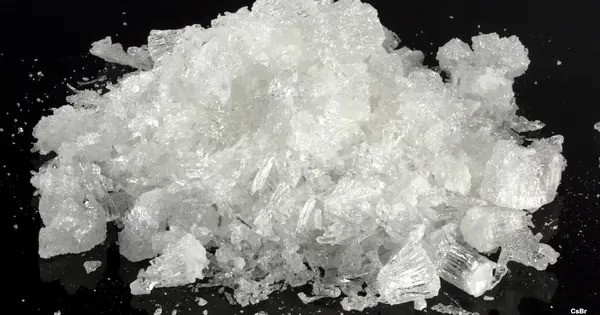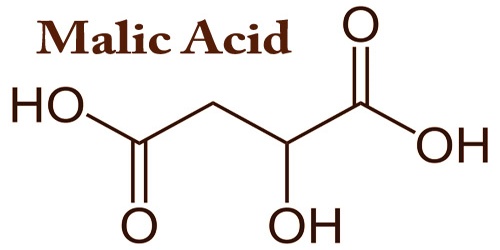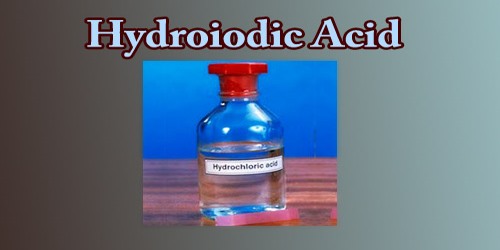Caesium bromide or cesium bromide is an ionic compound of caesium and bromine with the chemical formula CsBr. It’s a white crystalline solid that is highly soluble in water. Caesium bromide is used in a variety of applications, including in the preparation of cesium salts, as a radiation detection material, and in certain types of electronics.
It is a white or transparent solid with melting point at 636 °C that readily dissolves in water. Its bulk crystals have the cubic CsCl structure, but the structure changes to the rocksalt type in nanometer-thin film grown on mica, LiF, KBr or NaCl substrates.
Properties
- Chemical formula: CsBr
- Molar mass: 212.809 g/mol
- Appearance: White solid
- Density: 4.43 g/cm3
- Melting point: 636 °C (1,177 °F; 909 K)
- Boiling point: 1,300 °C (2,370 °F; 1,570 K)
- Solubility in water: 1230 g/L (25 °C) Disputed.
- Crystal structure: CsCl, cP2
Synthesis
Caesium bromide can be prepared via following reactions:
Neutralization:
CsOH (aq) + HBr (aq) → CsBr (aq) + H2O (l)
Cs2(CO3) (aq) + 2 HBr (aq) → 2 CsBr (aq) + H2O (l) + CO2 (g)
Direct synthesis:
2 Cs (s) + Br2 (g) → 2 CsBr (s)
The direct synthesis is a vigorous reaction of caesium with bromine. Due to its high cost, it is not used for preparation.
Occurrences
- Natural Occurrence: Caesium bromide does not typically occur in its pure form in nature. However, bromine is found in brine and seawater, and caesium can be obtained from mineral sources like pollucite. Therefore, while CsBr itself is not found naturally, its constituent elements are.
- Manufactured Occurrence: Caesium bromide is primarily produced by the reaction of caesium carbonate or caesium hydroxide with hydrogen bromide. It’s used in various industrial and scientific applications.
Applications
Caesium bromide is sometimes used in optics as a beamsplitter component in wide-band spectrophotometers.
- Medical: CsBr has been used historically in medicine, particularly for its sedative properties, though it is less common now.
- Industrial: It is used in the production of specialty glasses, such as those for infrared optics, and in the making of caesium-based compounds.
- Research: CsBr is used in the study of the behavior of caesium ions in solutions, and it can serve as a source of caesium in various chemical processes.
















